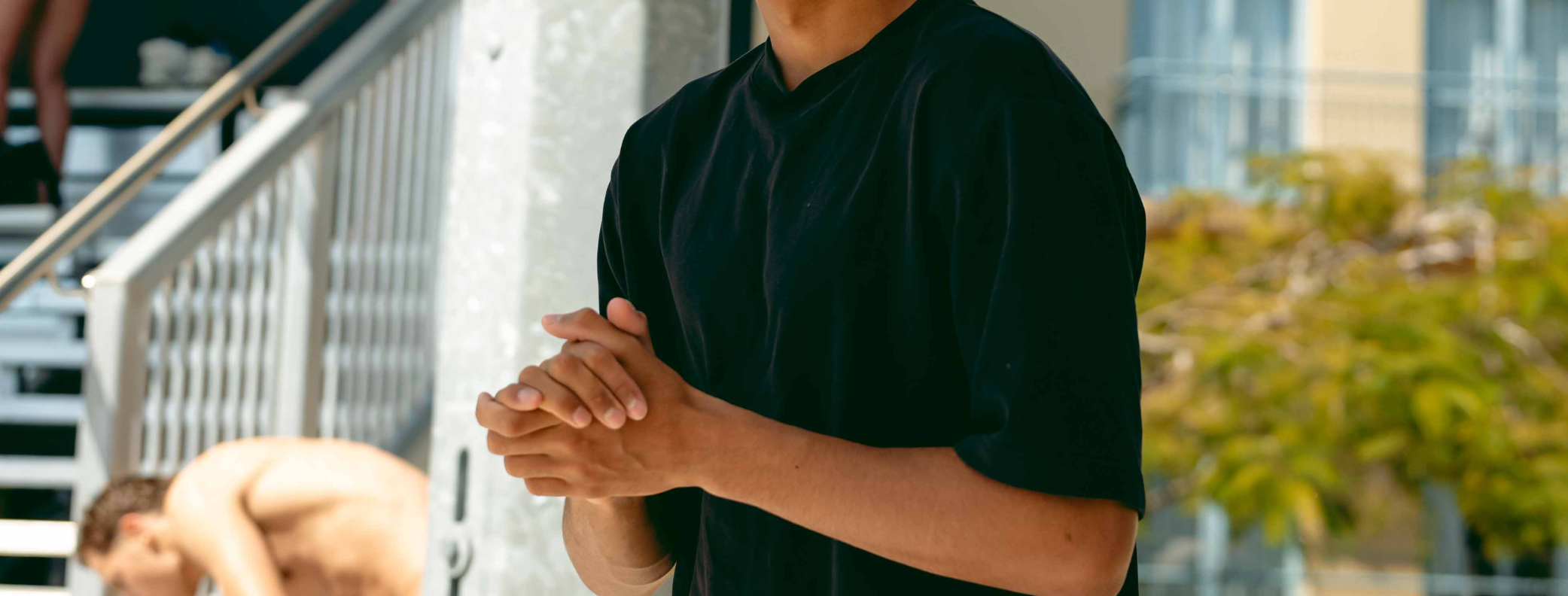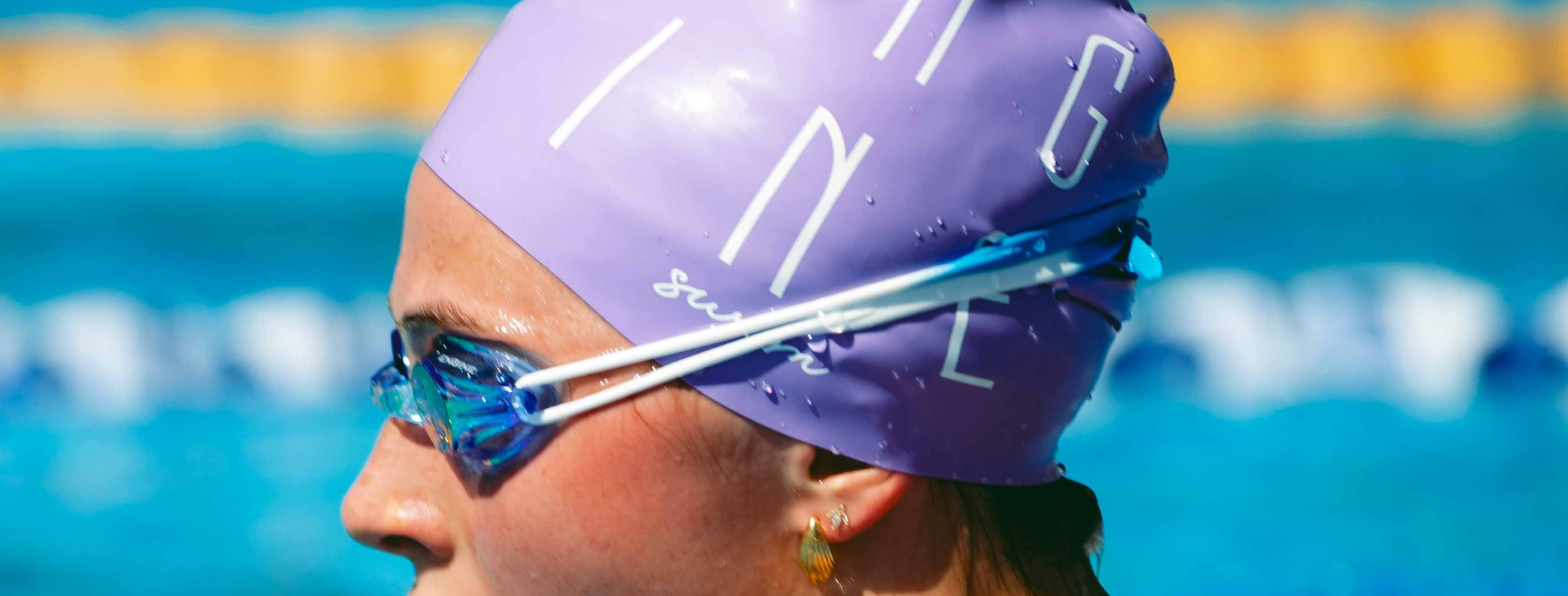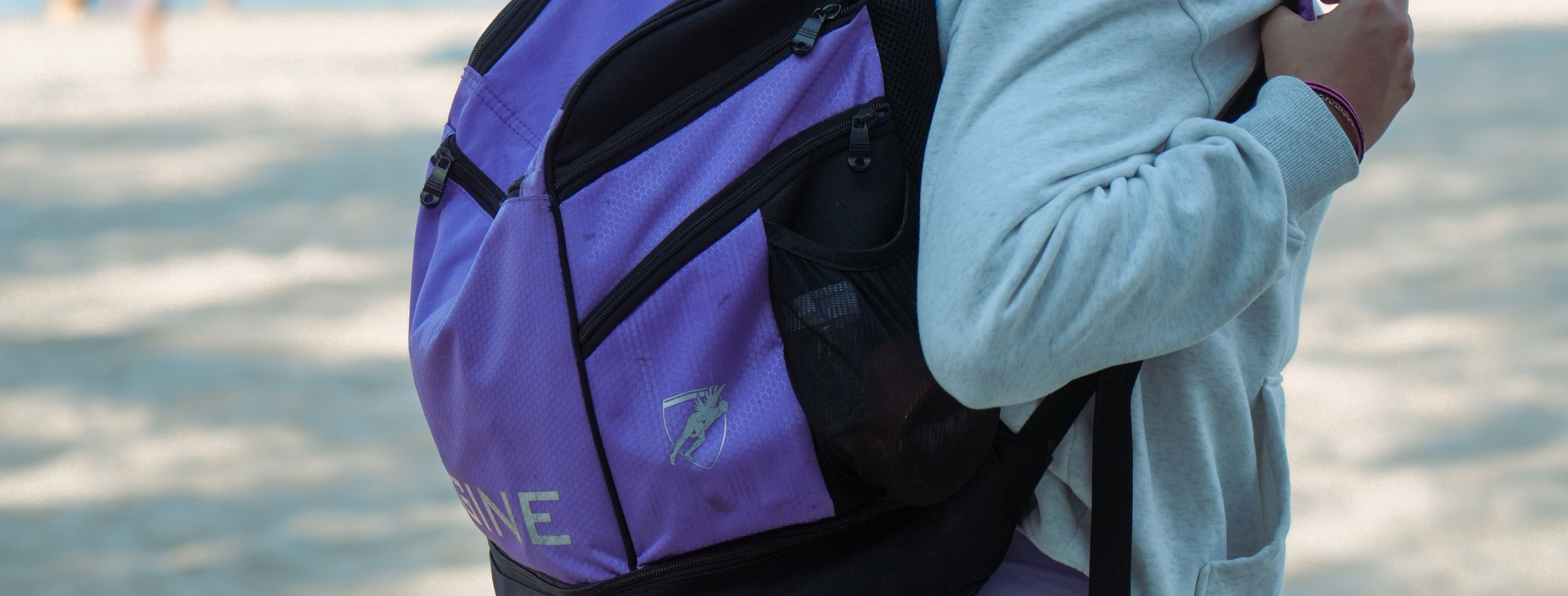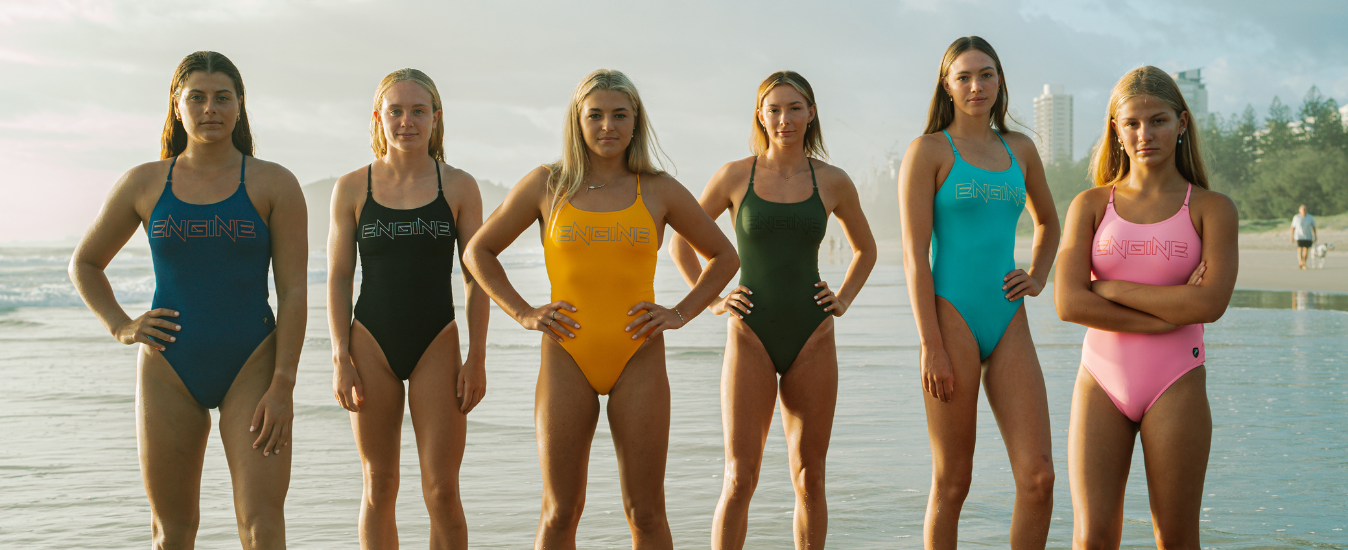DOES SWIMMING HAVE A PED PROBLEM?
Does the sport of swimming have a deeper performance enhancing drug issue than we think? The recent Shayna Jack scandal and its effect.
The recent performance enhancing drug (PED) scandals at and around the World Swimming Championships in South Korea have focused attention not only on the issue of PED use in swimming but the way in which swimming authorities world wide handle drug use in the support.
In the wake of Australian swimmer Shayna Jack’s positive A and B sample tests to the muscle building drug Ligandrol, complicated by Mack Horton’s strident stance against Sun Yang, Swimming Australia is particularly exposed to claims of hypocrisy on the matter. This has been exacerbated by the way it handled the release of news about Jack’s positive tests.
Australia has a long and proud history of achievement in the pool at international level. Our competitive swimming record is littered with outstanding individual and collective performances over more than a century.
However, it is also laced with more than a little evidence of deep cultural problems – the Stilnox scandals for Australian male swimmers, along with instances of obnoxious behaviour leading into many recent international events and, sometimes, violence. This is not to suggest that PEDs have been a significant problem for Australian swimming particularly when compared to the Eastern Bloc drug scandals of the 1970s and 80s, or more recent problems for other nations, notably China.
In fact, Australian swimming’s exposure to known PED use has been quite minimal. Prior to Jack’s suspension, only Samantha Riley (1996 – exonerated after coach Scott Volkers admitted to giving her a head ache tablet containing a banned substance), Kylie Palmer (2013 – tested positive for masking agent furesomide, later reprimanded) and Thomas Fraser-Holmes (banned for a year after missing three drug tests in 2017) have been shoulder -tapped for PED related discretions.
Internationally, swimming authorities continue to attract attention around their management of actual and suspected doping cases and irregularities. The controversy around Chinese swimmer Sun Yang’s recent enraged smashing of vials of blood taken for testing and the apparent lack of action on that matter ahead of the South Korean event does nothing to imbue confidence in the sport’s authorities.
However, there continue to be swimmers competing at the elite level that are prepared to actively call out these issues – our own Mack Horton and American swimmer Lilly King stand out for their vocal stances since the Rio Olympics. The real concern is not that athletes are prepared to act on their ethics in relation to PED use. The core issue the apparent lack of support for these athletes by the sport’s administrators. In the case of Horton’s recent sanction by international swimming authorities for doing so, a punitive mentality where the whistle blower athlete is punished for calling attention to the issue looks a lot like shooting the messenger and that can only serve to raise more doubts in the minds of both competitors and fans.
It is not possible to say with certainty that the sport of swimming has a deeper problem with PED use. However, the sport does have a deep and concerning image problem meaning that intense scrutiny will continue.



















































